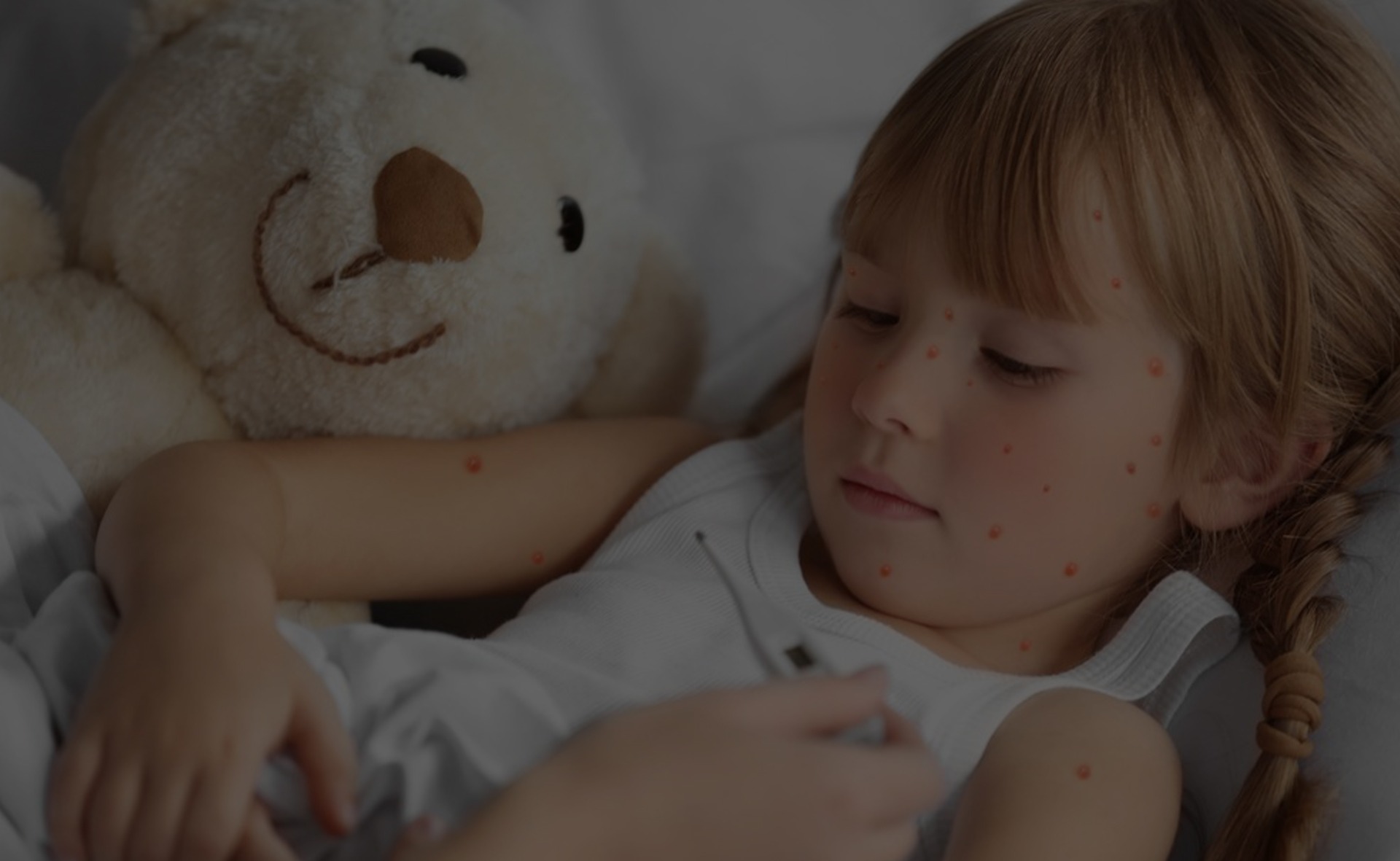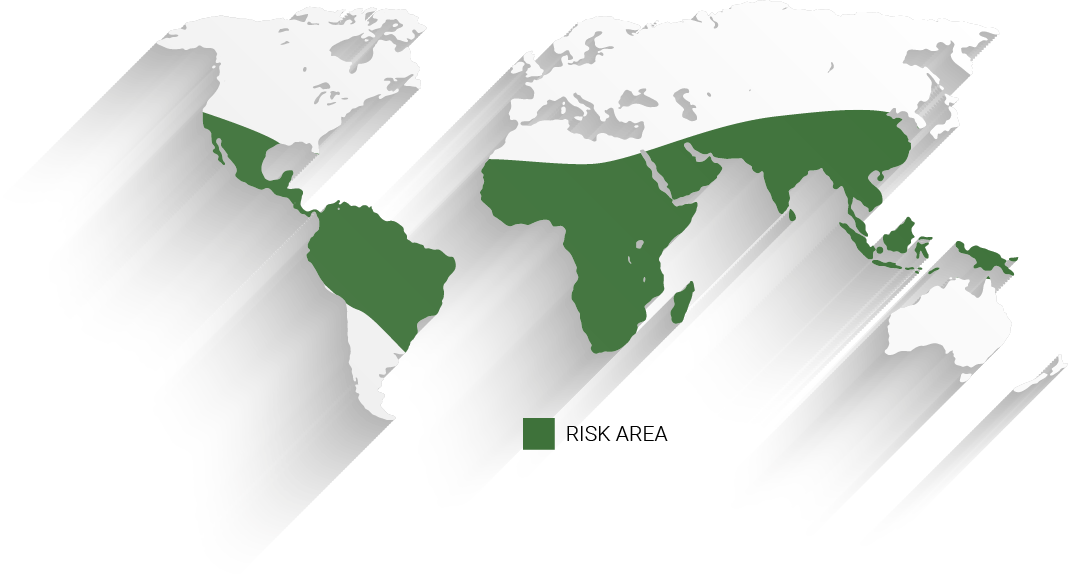This website requires cookies to provide all of its features. For more information on what data is contained in the cookies, please see our Privacy Policy page. To accept cookies from this site, please click the Accept button below.
Chicken Pox
Get a Chicken Pox Vaccine
We provide a full range of travel vaccinations and medication

Chickenpox vaccine
Chickenpox is a highly contagious viral infection caused by the varicella zoster virus. Young children under the age of 10 are most likely to catch the disease, however it can present in adults and symptoms are then generally more serious
Contact our Clinics View All Vaccine PricesVaccination Pricing
£75.00 Per dose (2 doses per course)
Signs & Symptoms
Itchy red spots over some or all of the body developing into fluid filled blisters, then scabbing over.
Symptoms include:
- High temperature above 38C
- Reduced appetite
- Aches and pains
The Vaccination
| Ages (Years) | Doses Required | Schedule |
|---|---|---|
| 1-12 | 2 | At least four weeks between doses |
| 2-65 | 2 | At least four to eight weeks between doses |
*Vaccines work best if given time to become active. This vaccine can be given up to the day before travel and will provide some cover.
How do you catch chickenpox
Chickenpox is highly contagious and can be caught through direct contact with an infected person. The virus responsible for chickenpox, varicella-zoster virus (VZV), spreads primarily through respiratory droplets when an infected individual coughs or sneezes. It can also be transmitted by coming into contact with the fluid from chickenpox blisters.
Close proximity to an infected person increases the risk of transmission. Sharing personal items such as clothing, towels, or bedding can also facilitate the spread of the virus. Additionally, touching a surface contaminated with VZV and subsequently touching the face or mouth can lead to infection.
Chickenpox is most contagious from one to two days before the appearance of the characteristic rash until all the blisters have crusted over, usually within five to ten days. After being exposed to the virus, it usually takes around 10 to 21 days for symptoms to develop.
Maintaining good hygiene practices, such as washing hands regularly, avoiding close contact with infected individuals, and ensuring vaccination, can help reduce the risk of catching chickenpox.
Who is at risk from chickenpox?
People of all ages can contract chickenpox, but certain groups are at higher risk.
The most susceptible population includes individuals who have not previously had chickenpox or received the varicella vaccine. Infants, young children, and adolescents are particularly vulnerable due to their developing immune systems and increased likelihood of exposure in settings such as schools or daycare centers.
Pregnant women who have not had chickenpox or been vaccinated should exercise caution as the infection can lead to complications for both the mother and unborn child. Similarly, individuals with weakened immune systems, such as those undergoing chemotherapy or with HIV/AIDS, are at greater risk of severe chickenpox symptoms and complications.
Adults who have not had chickenpox or been immunized may also be at risk, and the disease tends to be more severe in older individuals. Finally, healthcare workers who come into close contact with infected patients should be mindful of their susceptibility to the virus.
It is advisable for individuals in these high-risk groups to consult with healthcare professionals to determine their immune status and discuss appropriate preventive measures, including vaccination.
Symptoms of chicken pox
- Rash: The primary symptom of chickenpox is a red, itchy rash that starts as small, raised bumps and progresses into fluid-filled blisters. These blisters eventually crust over and form scabs.
- Fever: Many individuals with chickenpox experience a low-grade fever, typically between 101°F (38.3°C) and 102°F (38.9°C).
- Fatigue: Feelings of tiredness and general malaise are common during the course of the illness.
- Headache: Headaches can occur, often accompanying the fever.
- Loss of appetite: Chickenpox may lead to a temporary decrease in appetite.
- Sore throat: Some individuals may experience a sore throat or discomfort while swallowing.
- Muscle and joint pain: Mild to moderate muscle and joint aches can occur.
- Nausea: Nausea and, in some cases, vomiting may be present.
- Red spots and fluid-filled blisters: Alongside the rash, red spots and fluid-filled blisters can be found on the face, scalp, chest, back, and other parts of the body.
It's important to note that symptoms can vary in severity from person to person, and some individuals may experience only a mild form of the illness.

